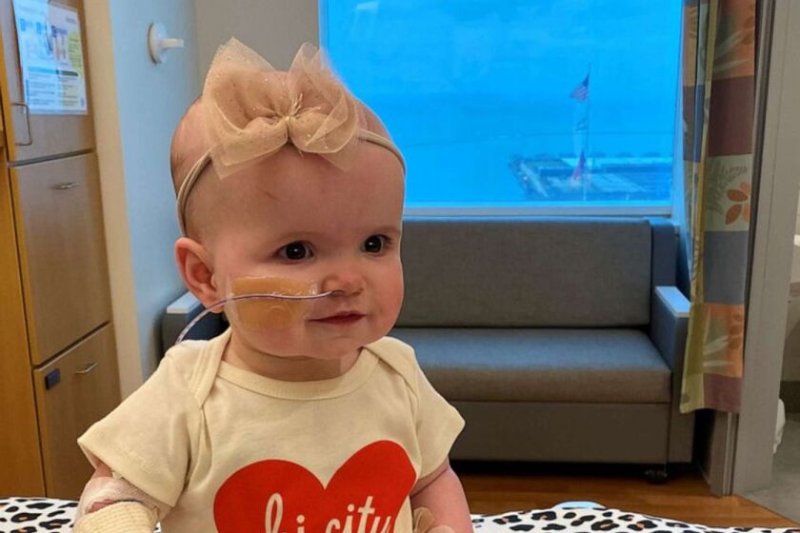Young patients with congenital cardiac valve abnormalities frequently have frozen valves from deceased donors inserted after surgery. However, the child’s prognosis may be bad as frozen cadaver tissue is dead and does not develop, necessitating repeated operations to implant larger valves. However, a youngster can grow alongside living valves and blood vessel segments that are implanted during a novel surgery called a partial heart transplant.
The first child to undergo a brain-dead neonatal donor transplant was Owen Monroe, who was born in 2022. Due to a rare disease known as truncus arteriosus, Owen was born with just one “truncal” valve (instead of the typical two) and one blood artery exiting his heart. Due to the mixing of oxygen-rich and oxygen-poor blood caused by this abnormality, blood pools in the lungs and the heart has to work harder. Moreover, Owen couldn’t survive with his current truncal valve because it was extremely leaking. Physicians substituted a portion of a donor aorta and valve, together with a portion of a donor pulmonary artery and valve, for the valve and the related blood vessel.
According to a recent paper published in JAMA by Joseph W. Turek, chief of pediatric cardiac surgery at Duke Health, and his colleagues, Owen’s transplant was operating normally a year after the surgery. “The valves are expanding in line with his growth. The surgeon, Turek, states that the valves are operating well and that Owen is “meeting all of his milestones.” Furthermore, they discovered that Owen had not had immunological rejection.
Owen takes drugs, much like any other transplant patient, to keep his immune system from attacking the alien tissue. However, Turek and his associates tried to utilize the lowest amount feasible because these medications carry dangers. They were able to cut Owen’s prescription down to just one, at half the recommended dosage, around the time of his first birthday. “Immunosuppressing a kid is not without risk,” notes Jennie Kwon, a Medical University of South Carolina resident in cardiac surgery and part of the research team behind the new study. However, because these valves have a limited blood supply, researchers believe immune cells will have a harder time accessing them, which will reduce the amount of immunosuppression required in recipients. “Just to get a year out [with the transplanted valves], I think, is a great win,” Kwon says.
Since then, 12 of these transplants have been carried out in the US, according to Turek. Doctors at NewYork-Presbyterian Morgan Stanley Children’s Hospital performed the first “domino” partial heart transplant in infants last May. They immediately saved two babies’ lives by transplanting the original heart valves of one baby, who needed a new heart muscle, into another baby.
A pediatric heart surgeon who assisted with the domino transplant, Andrew B. Goldstone, adds, “This is the first study that shows that the valves are at least growing, which is huge.” He does, however, warn that these are “still very early days.”
According to Goldstone and others, regulatory and logistical issues remain the key obstacles. As of right now, no formalized mechanism exists for matching valve donors with receivers or tracking recipients’ post-discharge outcomes. However, Turek believes that a lot more kids will eventually benefit from the surgery. He remarks, “I look at it as wonderful stewardship of precious organs,” he says. “We’re just trying to help as many babies as we can.”

 Cardiology2 weeks ago
Cardiology2 weeks ago
 Neurology2 weeks ago
Neurology2 weeks ago
 Diabetology2 weeks ago
Diabetology2 weeks ago
 Diabetology2 weeks ago
Diabetology2 weeks ago
 Cardiology2 weeks ago
Cardiology2 weeks ago
 Neurology1 week ago
Neurology1 week ago
 Cardiology1 week ago
Cardiology1 week ago
 Cardiology1 week ago
Cardiology1 week ago






